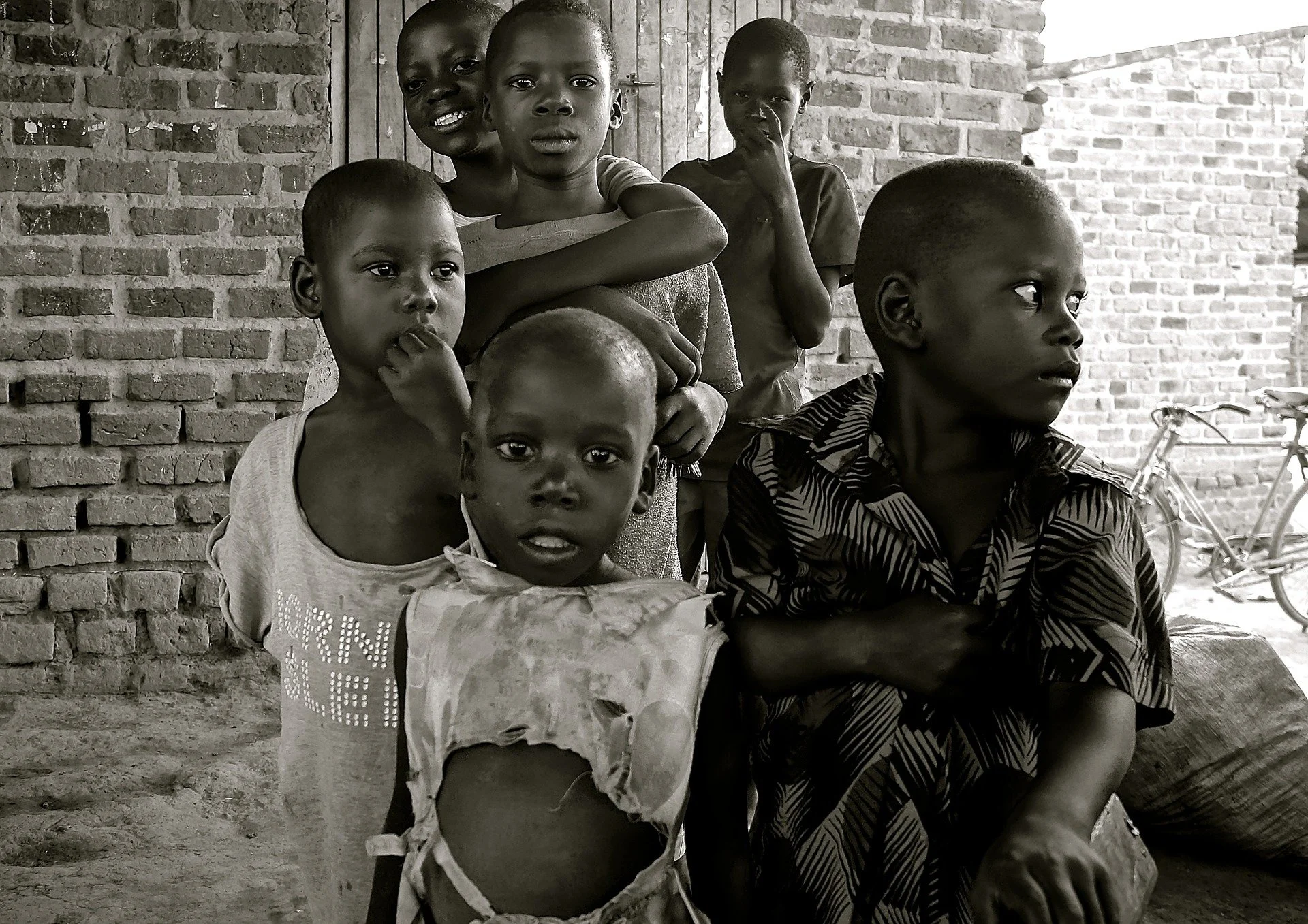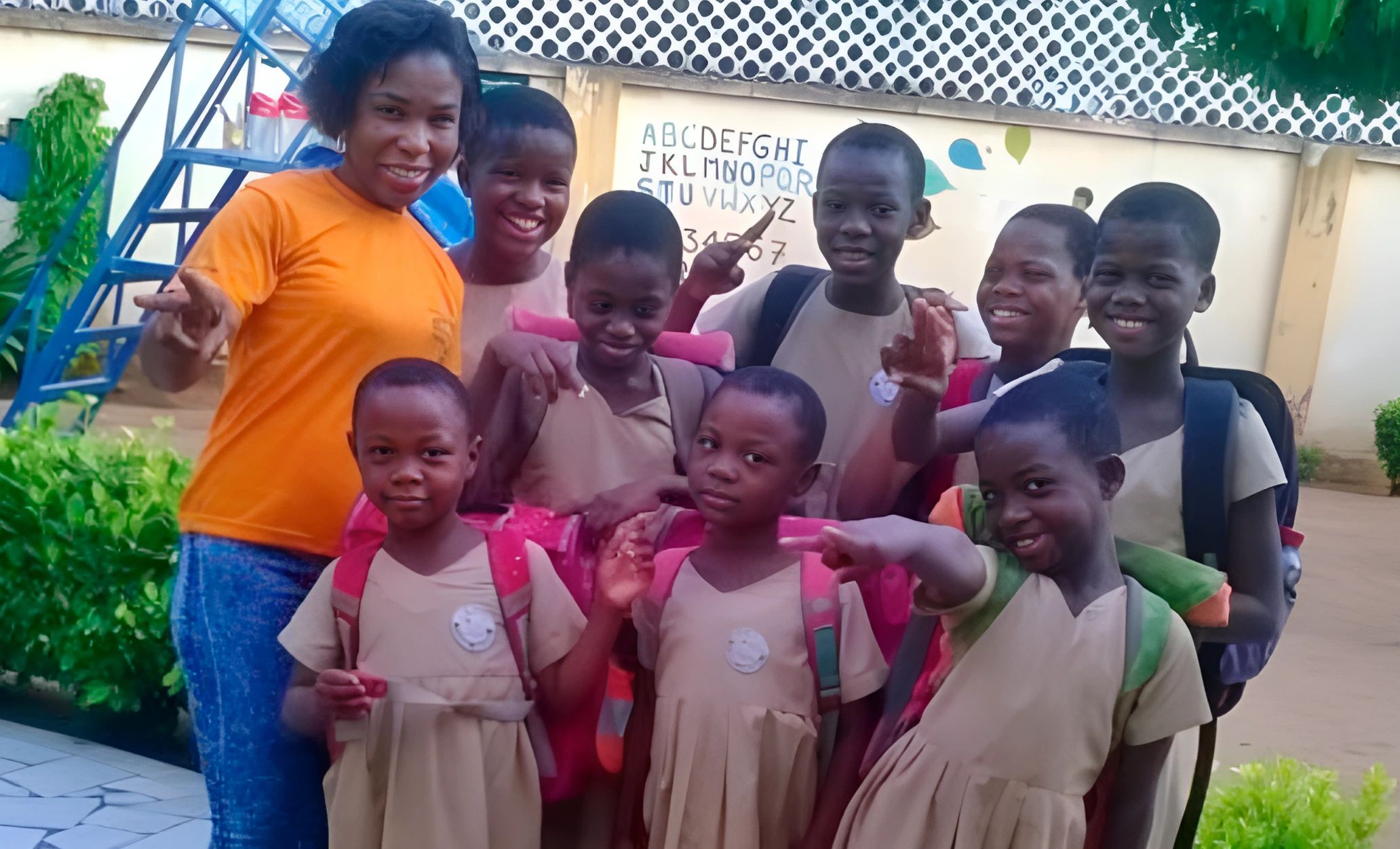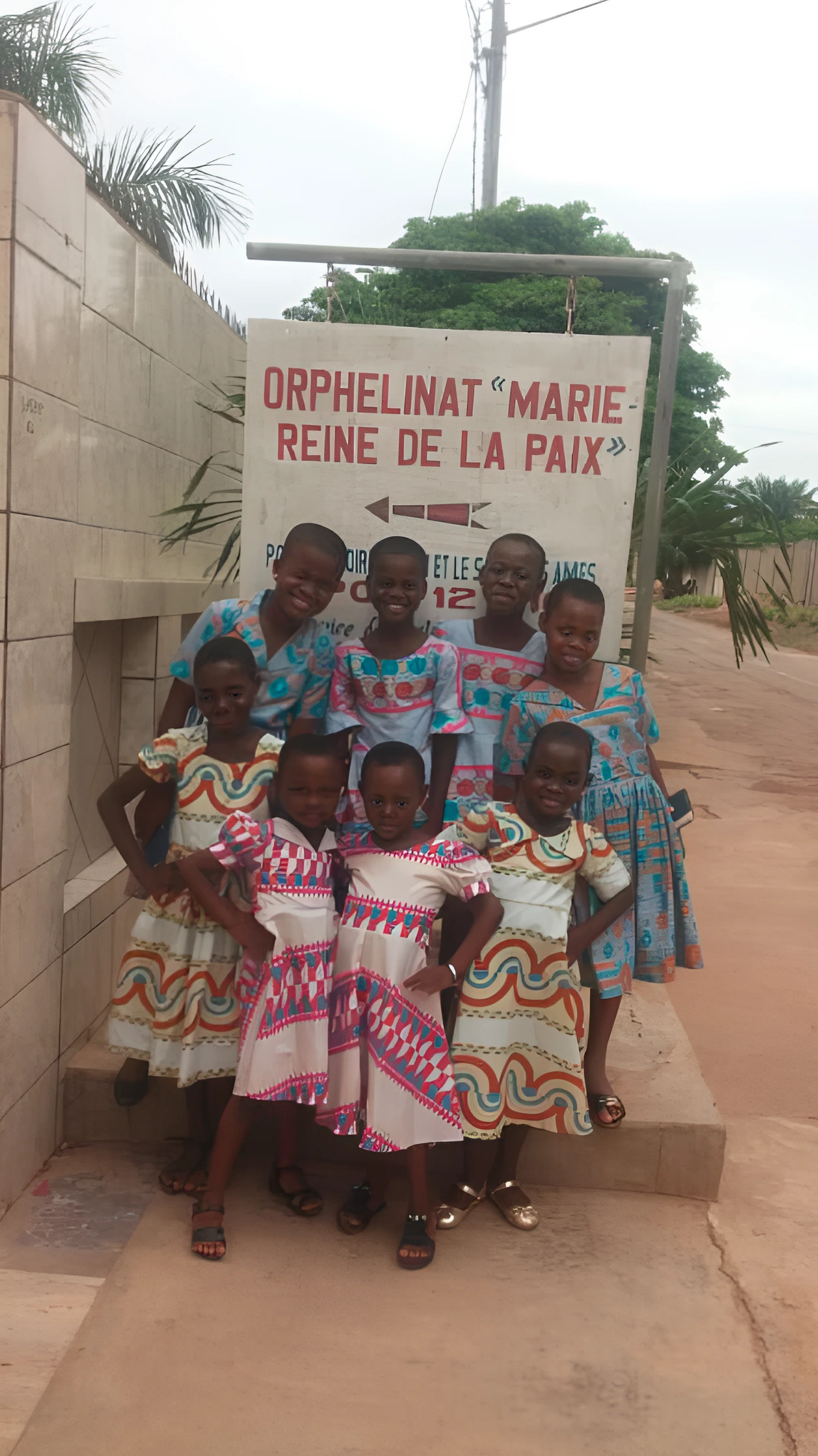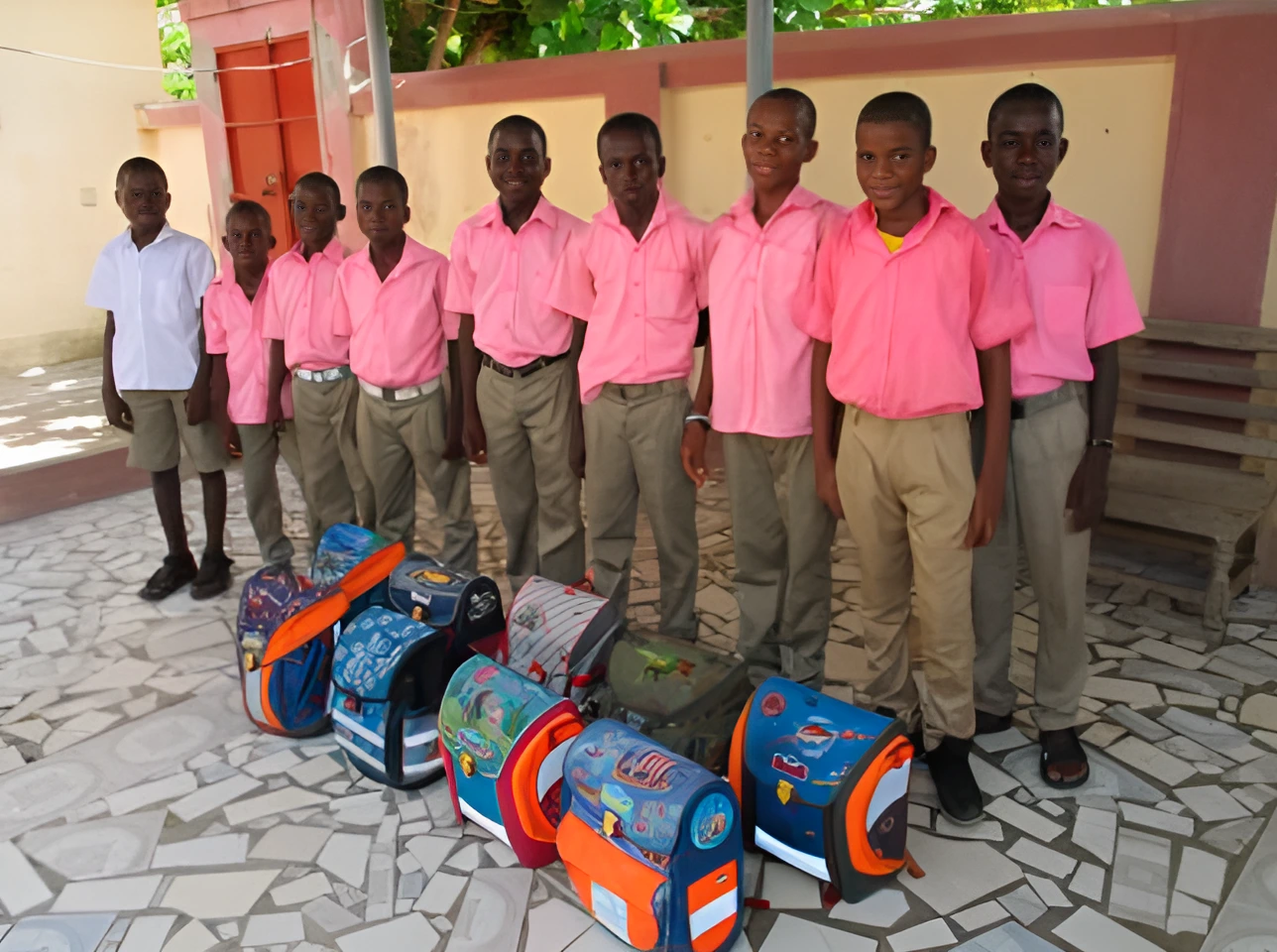In a world where grand gestures often capture the spotlight, it’s easy to overlook the profound impact of small contributions. When it comes to enhancing children’s health and education, even modest donations can create ripples of positive change, transforming lives and communities.
The Significance of Small Donations
Small donations, though seemingly modest, collectively wield immense power. They enable organizations to sustain operations, implement programs, and reach more children in need. For instance, UNICEF emphasizes that every dollar contributes to providing essential services like nutrition, water, protection, education, and healthcare to vulnerable children.
How Small Contributions Improve Children’s Health
- Access to Medical Care:
Many children in impoverished regions lack access to basic healthcare. Small donations can fund medical supplies, vaccinations, and treatments, preventing diseases and saving lives. Organizations like St. Jude Children’s Research Hospital utilize donations to cover costs such as IV tubing sets for chemotherapy, ensuring no family receives a bill for treatment. - Nutrition and Hygiene:
Proper nutrition and hygiene are foundational to a child’s health. Donations support programs that provide nutritious meals and hygiene education, reducing malnutrition and disease prevalence. For example, Children International focuses on improving health by addressing conditions like access to clean water and sanitation, which are critical in breaking the cycle of poverty.
Enhancing Educational Opportunities Through Small Donations
- School Supplies and Resources:
Many children lack basic educational materials. Small donations can supply books, uniforms, and learning tools, enabling children to attend school and engage effectively. Organizations like The School Fund utilize crowdfunding to provide educational scholarships for low-income students, ensuring they can continue their education. - Teacher Training and School Infrastructure:
Improving the quality of education requires well-trained teachers and adequate facilities. Donations contribute to teacher training programs and the construction or renovation of schools, creating conducive learning environments. The Heckscher Foundation for Children, for instance, funds initiatives aimed at enhancing educational outcomes for underserved youth.
Real-Life Impact of Small Contributions
Consider the story of Little Wings, a charity providing medical transport for children in rural Australia. Through the NSW Return and Earn recycling scheme, individuals can donate their bottle recycling earnings to support the charity. Each 10-cent return contributes to funding flights for children needing medical care, demonstrating how small contributions collectively make a significant impact.
The Multiplier Effect: Collective Small Donations
When individuals come together, their combined small donations can fund large-scale projects. This collective effort enables organizations to implement comprehensive programs addressing health and education challenges. For example, UNICEF’s monthly donors provide a steady stream of support, allowing the organization to respond swiftly to emergencies and sustain long-term initiatives.
How You Can Make a Difference
- Regular Contributions:
Setting up a monthly donation, even a small amount, provides organizations with reliable funding to plan and execute programs effectively. - Participate in Fundraising Events:
Engage in community events or online campaigns that pool small donations for a common cause. - Spread Awareness:
Share information about causes you support with friends and family, encouraging them to contribute.
Conclusion
Every donation, no matter the size, holds the potential to transform a child’s life. By collectively contributing small amounts, we can make a substantial impact on children’s health and education, paving the way for a brighter, healthier future for all.





